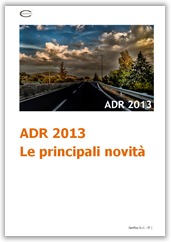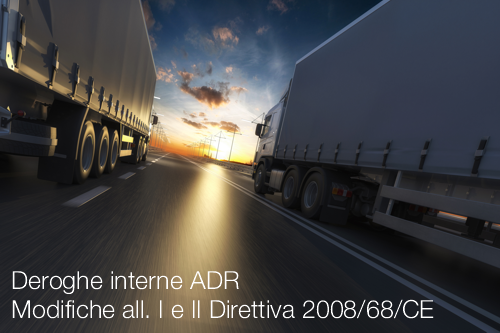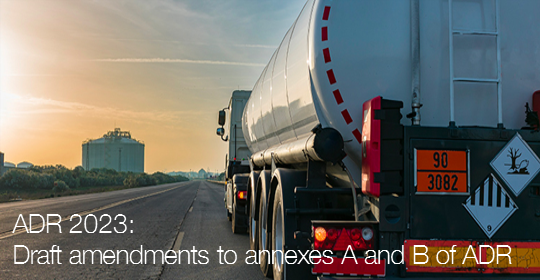Informazione tecnica HSE / 25 ° anno
/ Documenti disponibili:
45.620
/ Documenti scaricati: 34.635.012
/ Documenti scaricati: 34.635.012
Linee guida Identificazione difetti carri cisterna ferroviari trasporto di merci pericolose
Guidelines | Transport of dangerous goods. Identification of defect in rail tank cars
28 marzo 2018 The European Chemical Industry Council
Le Imprese Ferroviarie e le Società Chimiche effettuano ispezioni sistematiche dei vagoni cisterna ferroviari carichi di merci pericolose durante le quali osservano difetti tecnici; alcuni di questi difetti hanno il potenziale di provocare incidenti gravi.
Questa linea guida è un documento di riferimento da utilizzare durante le ispezioni ed è una traduzione della linea guida olandese "Identificazione dei difetti nei vagoni cisterna" sviluppata da VNCI (l'Associazione dell'industria chimica olandese).
Il contenuto effettivo dell'opuscolo è stato stabilito dopo diverse sessioni del VNCI Working Group Logistics Safety.
Questo opuscolo è una guida di riferimento e può essere utilizzato durante le ispezioni dei carri cisterna ferroviari caricati con merci pericolose Sebbene il nome formale di un carro cisterna secondo il RID sia "veicolo cisterna", in questa guida viene utilizzato il nome rail car tank (RTC).
Il gruppo target principale di questa guida di riferimento sono gli ispettori di vagoni certificati delle compagnie ferroviarie e operatori di siti di carico/ carico. Anche i rappresentanti del team di risposta alle emergenze ispettori e topografi possono fare uso di queste informazioni.
________
INDEX
Introduction
Reporting procedure in case detection of defects
Not included in this edition
RID dangerous goods classes
Orange identification plates (RID 5.3.2.)
Dangerous goods labels and characteristics (RID 5.2/5.3)
Orange band for class 2 (RID 5.3.5)
White, blue and red placarding and codes of RTC’s
Explanation Identification of defects in RTC’s
Orange plates
Dangerous goods labels
Product identification plates
RTC’s (general)
RTC’s for liquids
Tank inspection time interval and other references
Construction of tank and chassis
Equipment for loading and unloading
Equipment on top of the tank
Loading and unloading devices on top of tank
Rail hook cable and eye for fixing rail hook for loading/unloading
Equipment for loading and unloading of gas RTC’s
Hydraulic bottom valve for gas RTC’s
Bottom valve (type hydraulic P 160) for gas RTC’s
Bottom valve type hydraulic for gas RTC’s
Bottom valve type hydraulic
Bottom valve type GESTRA (mechanic) (HWV 36)
Bottom valve type GESTRA (part 2)
Hydraulic bottom valve type GESTRA (HV 205)
Securing of valve
Dry-break systems (valves/closing devices)
Earthing connections between tank and chassis
Additional information
White belt for automatic ventilation for liquid RTC’s
RTC’s without automatic ventilation
Brake Pads
Adjustment of the brakes in relation to the weight of the wagon
Loading / unloading - do not use the handbrake
Axle boxes and blade suspension
Crash buffers (TE 22) and buffer protection (TE 25)
Nitrogen as a rinsing agent
Yellow tape with black letters
Earthing connections
Graffiti
“Dogstar” plug
Fonte: CEFIC

In vigore definitivamente dal 1° Luglio 2013
Un documento escursus sulle principali novità dell’ADR 2013 che entra definitivamente in vigore il 1° Luglio 2013.
In sequenza...

Decisione di esecuzione (UE) 2019/1094
della Commissione del 17 giugno 2019 che autorizza gli Stati membri ad adottare determinate derog...

Update 10.06.2022 / UNECE WP.15
- Amendments / corrigendum to annexes A and B | WP 111th Sess. May 2...
Testata editoriale iscritta al n. 22/2024 del registro periodici della cancelleria del Tribunale di Perugia in data 19.11.2024